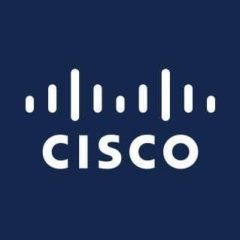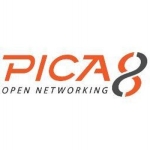We are switching the Nexus line to ACI for our customer: the server, firewall, etc.
We will improve our organization using the automation.
They need more documentation. Because when we hit an issue and searched on Google, we didn't find a lot of documents about the issue. Possibly because it's a new product.
We are deploying ACI, and at same time, we are testing migration from our old network. Our old next is Nexus, latest version, and we have a less load balancing and it's hard to migrate. We are hitting some issues, so maybe there is room for improvement.
Less than one year.
It is to early to evaluate the stability.
The scalability is okay. We are deploying the leaf switches one-to-one.
The technical support is okay. We have been looking into some issues with our legacy network when migrating our ACI. While the tech support has responded well, we are still waiting for some more information.
We were having some issues with our network, so we took some advice from Cisco regarding that product, and looked for another product to replace it.
We deployed a lot of Fabrics to multiple sites, which was a bit complex.
We only worked directly with Cisco's IT, and they provide some consultants onsite to help us.
Cisco ACI is a good solution, but Cisco needs to test all the networks before doing a migration.














